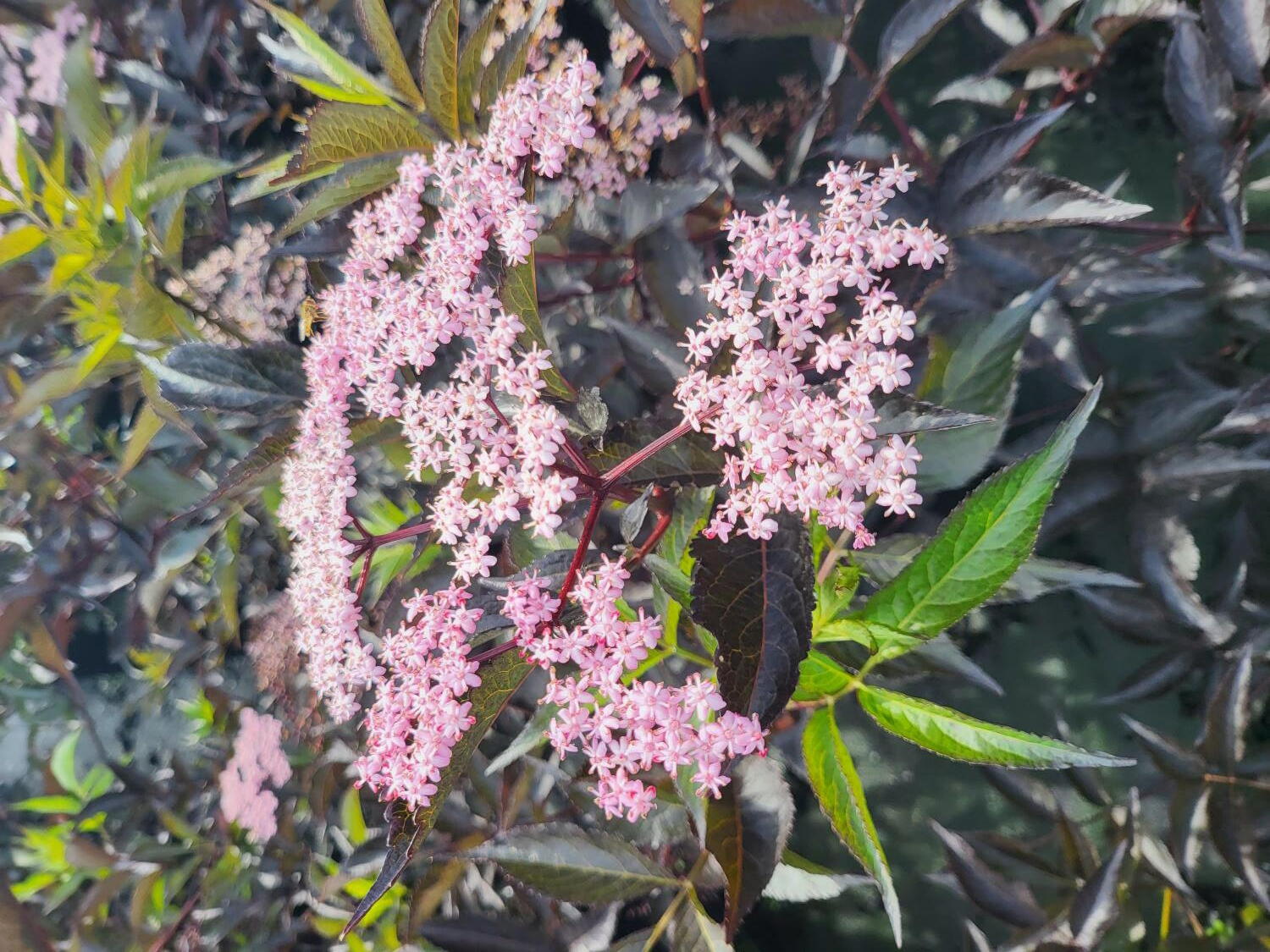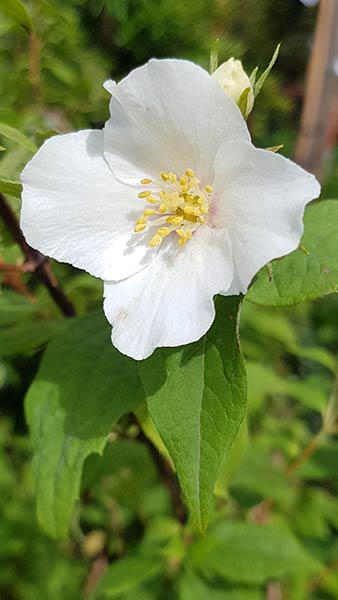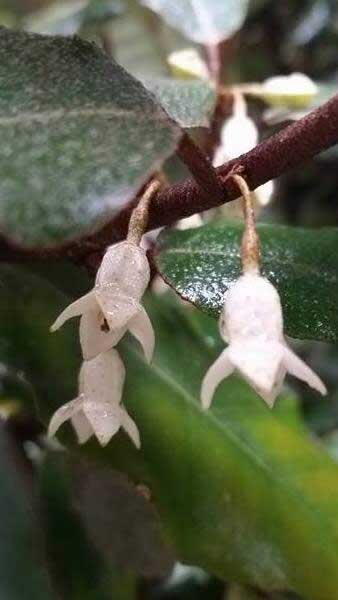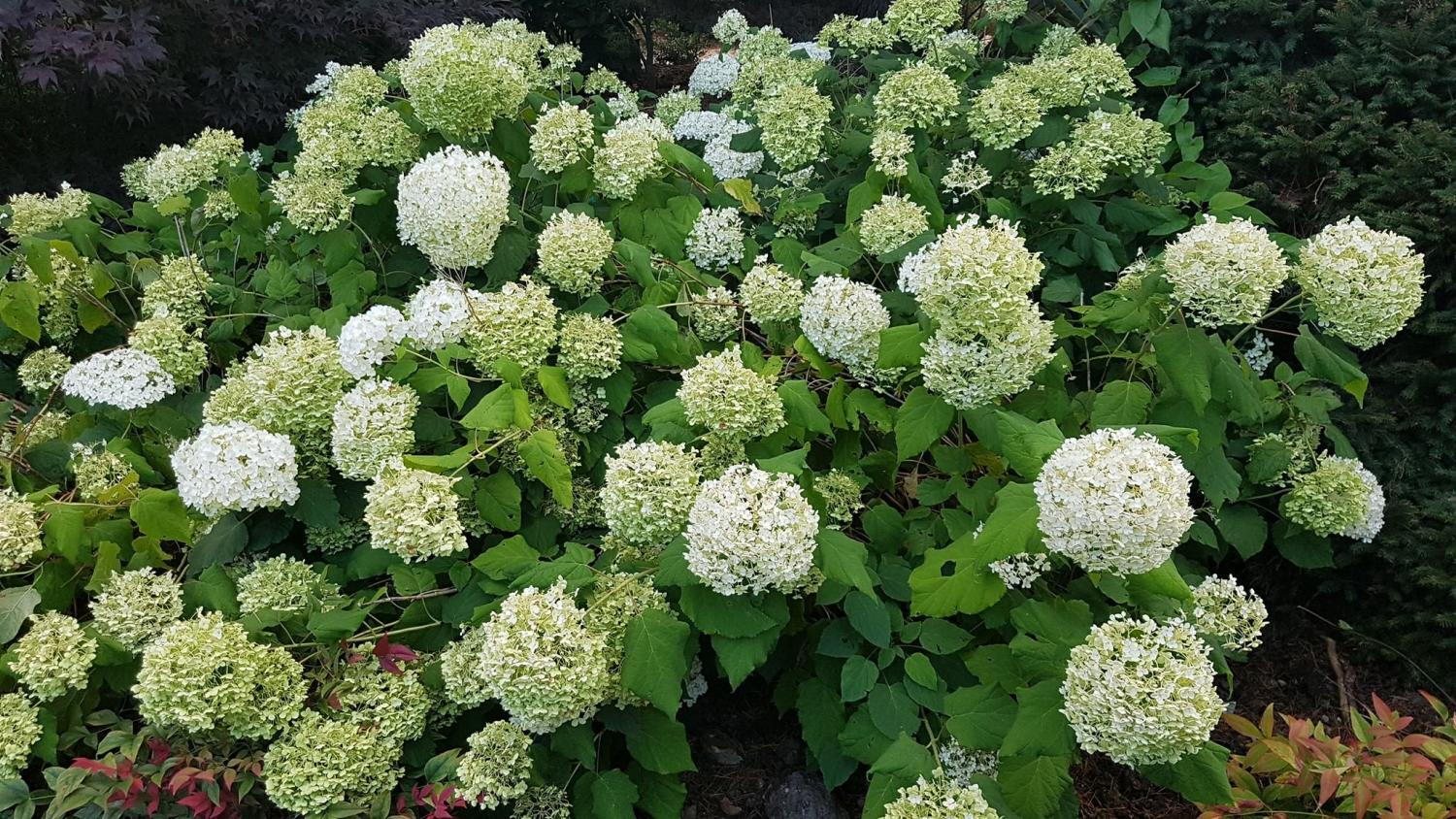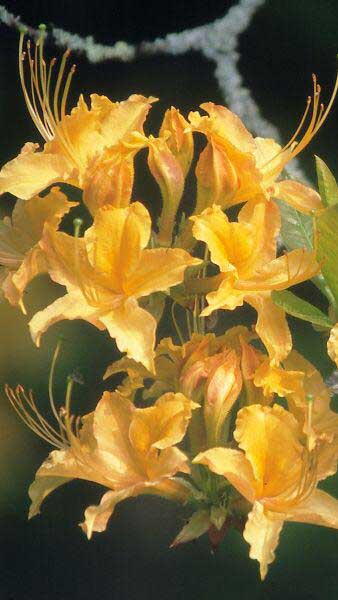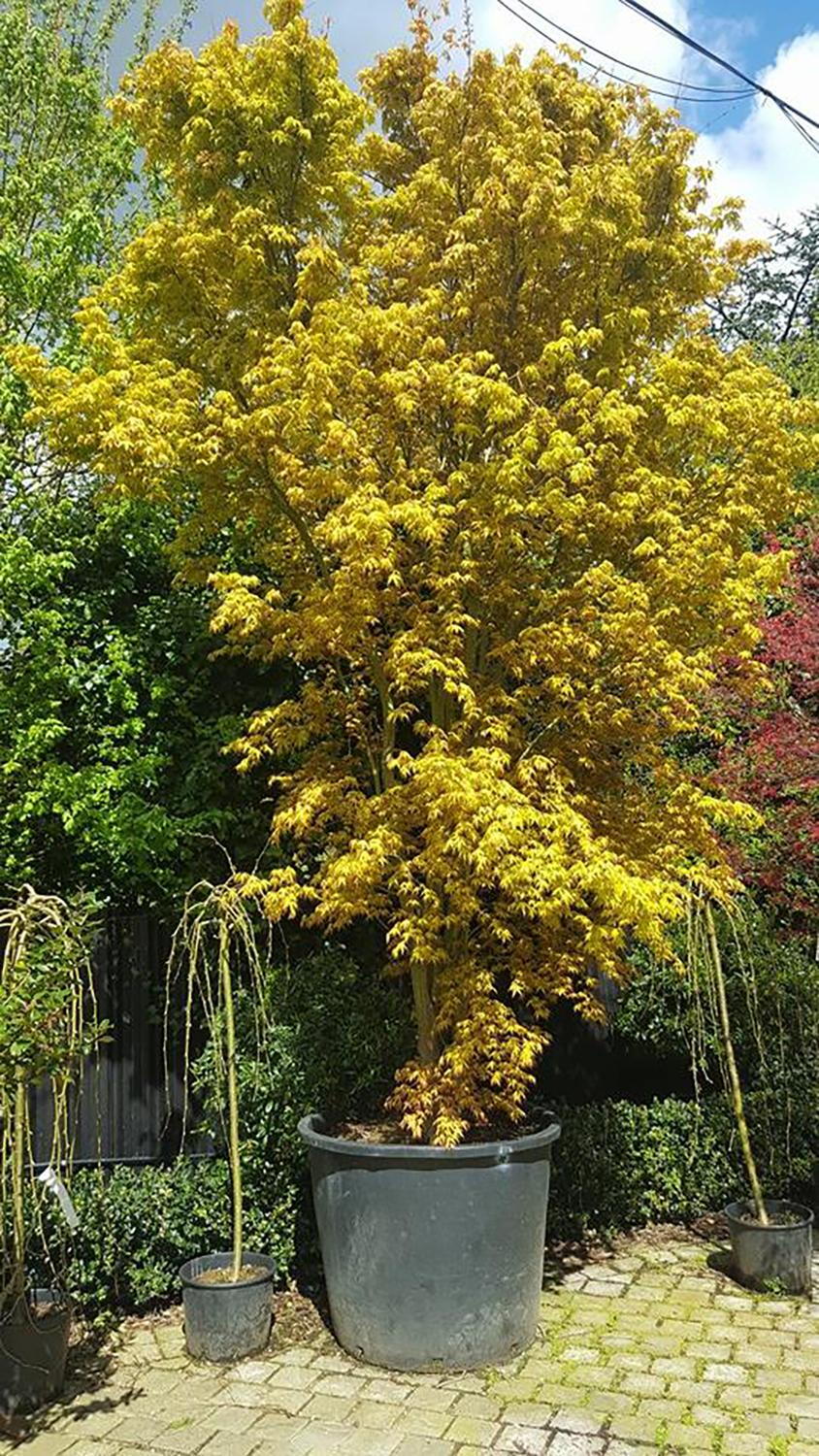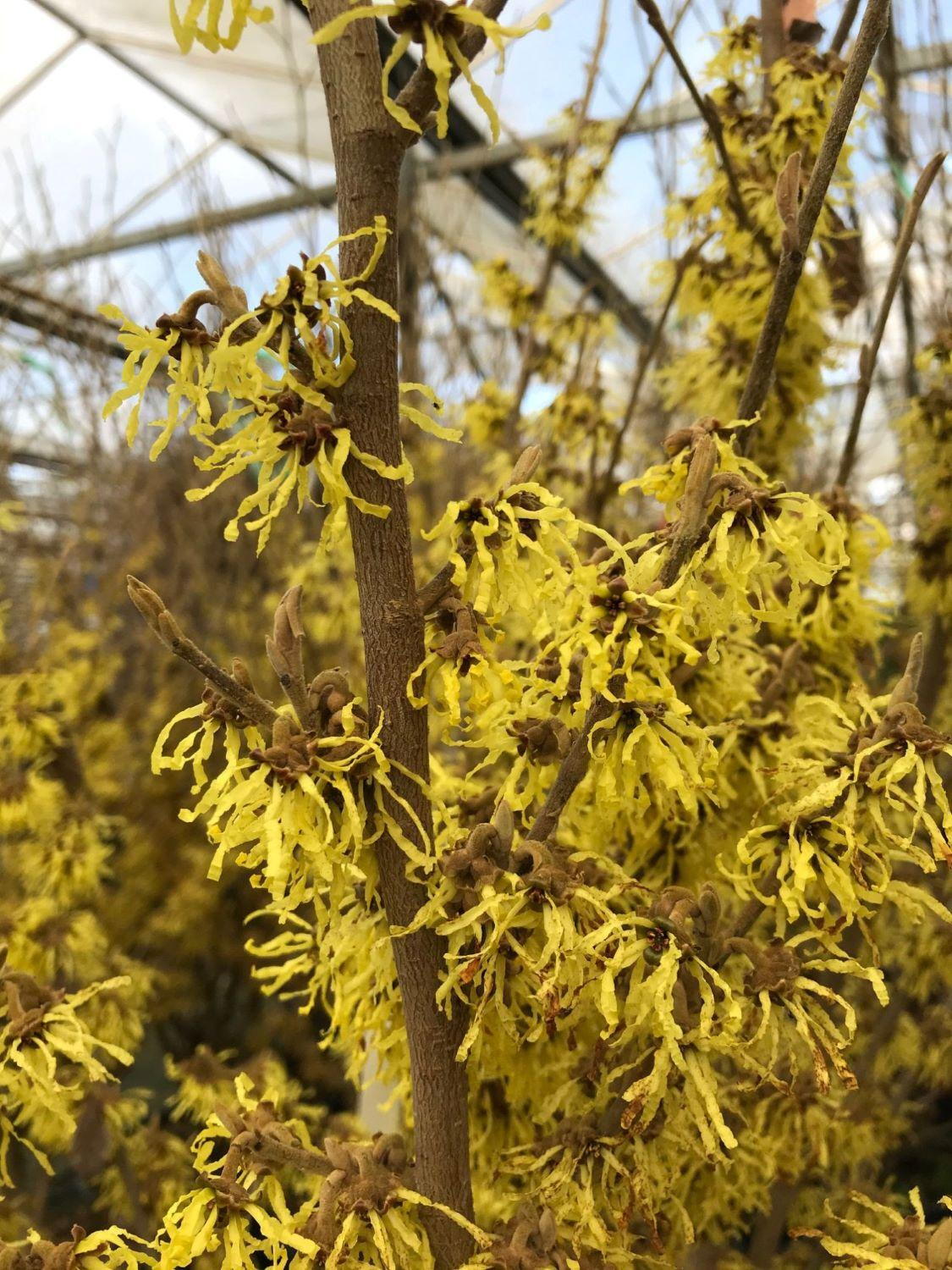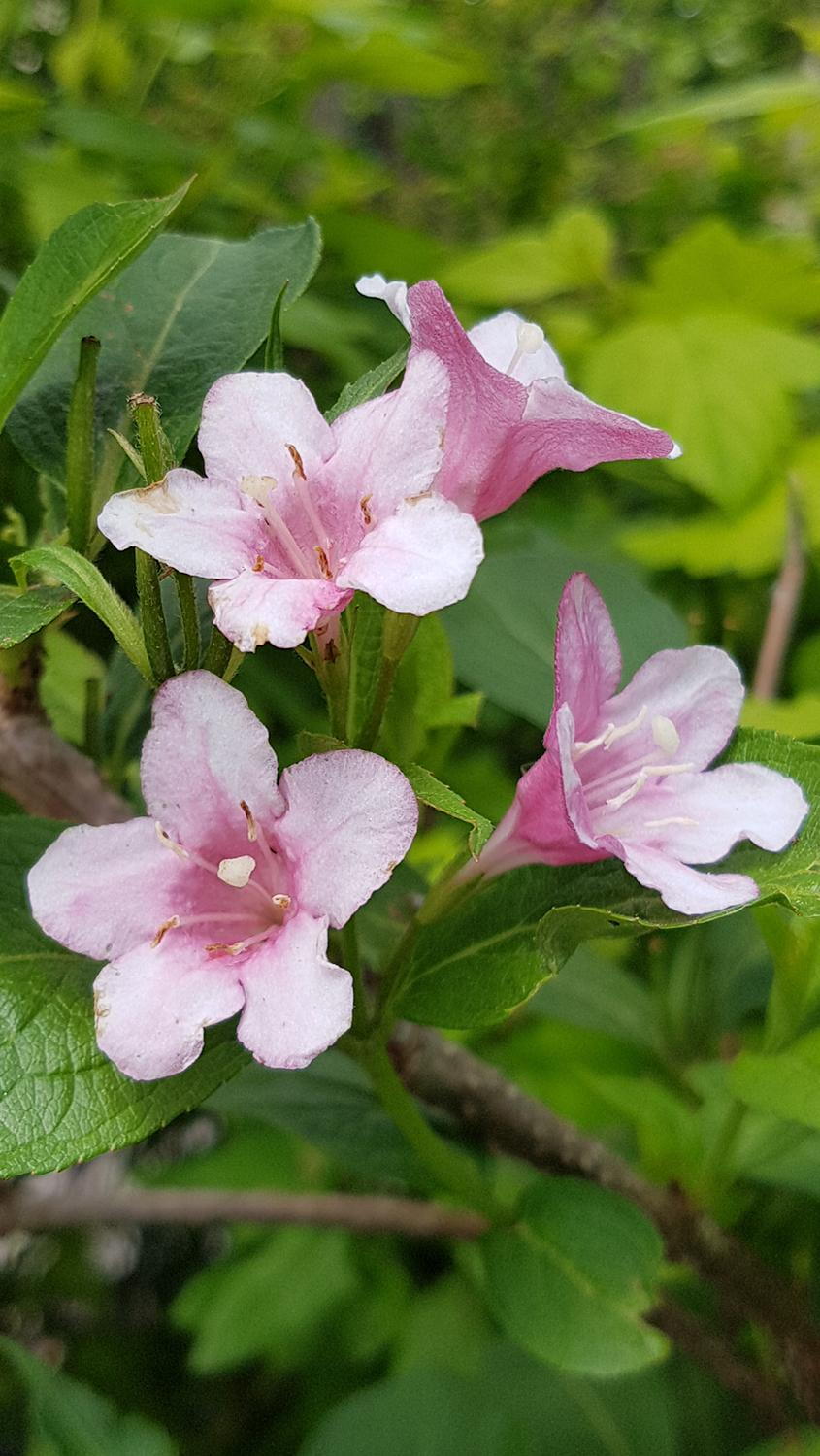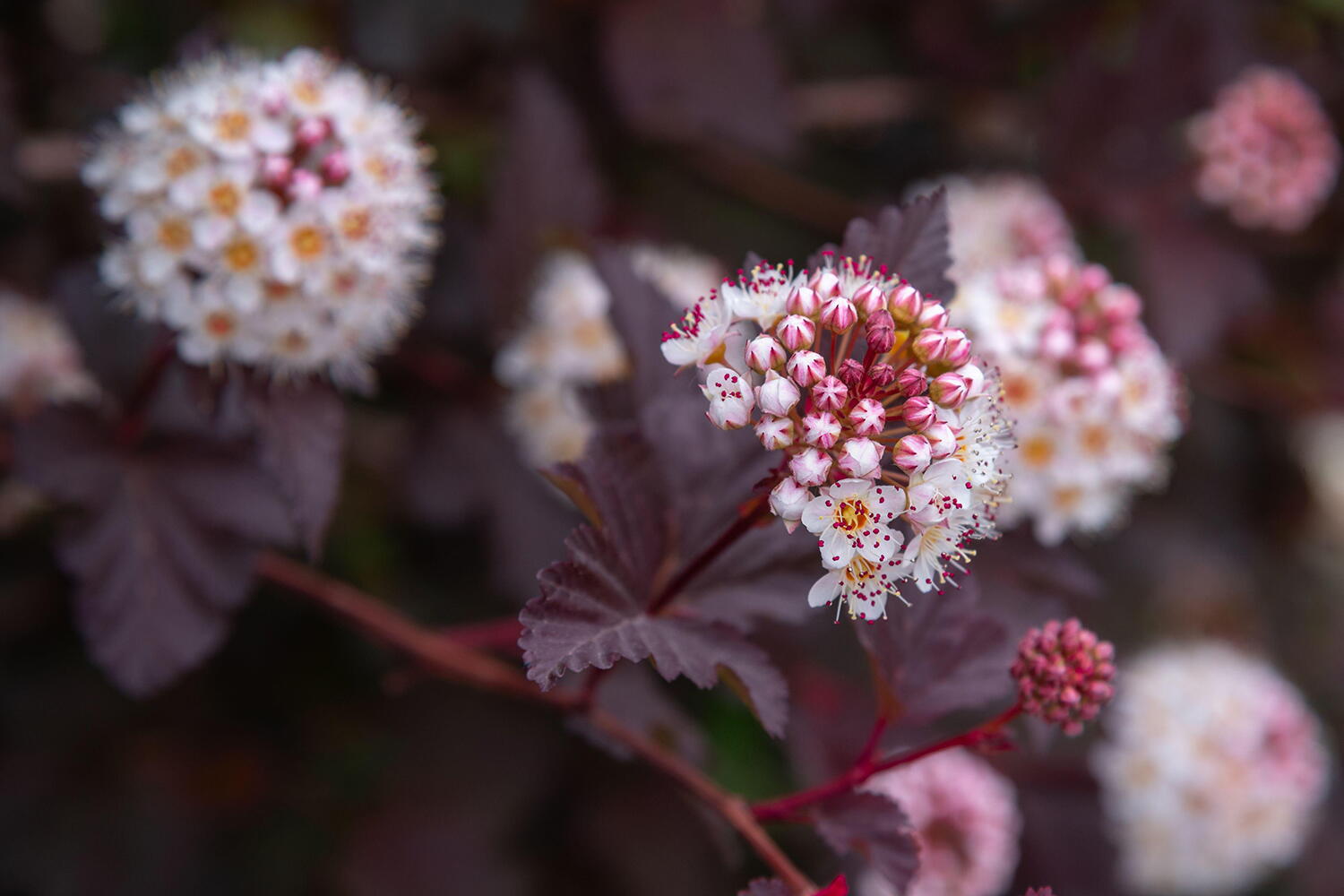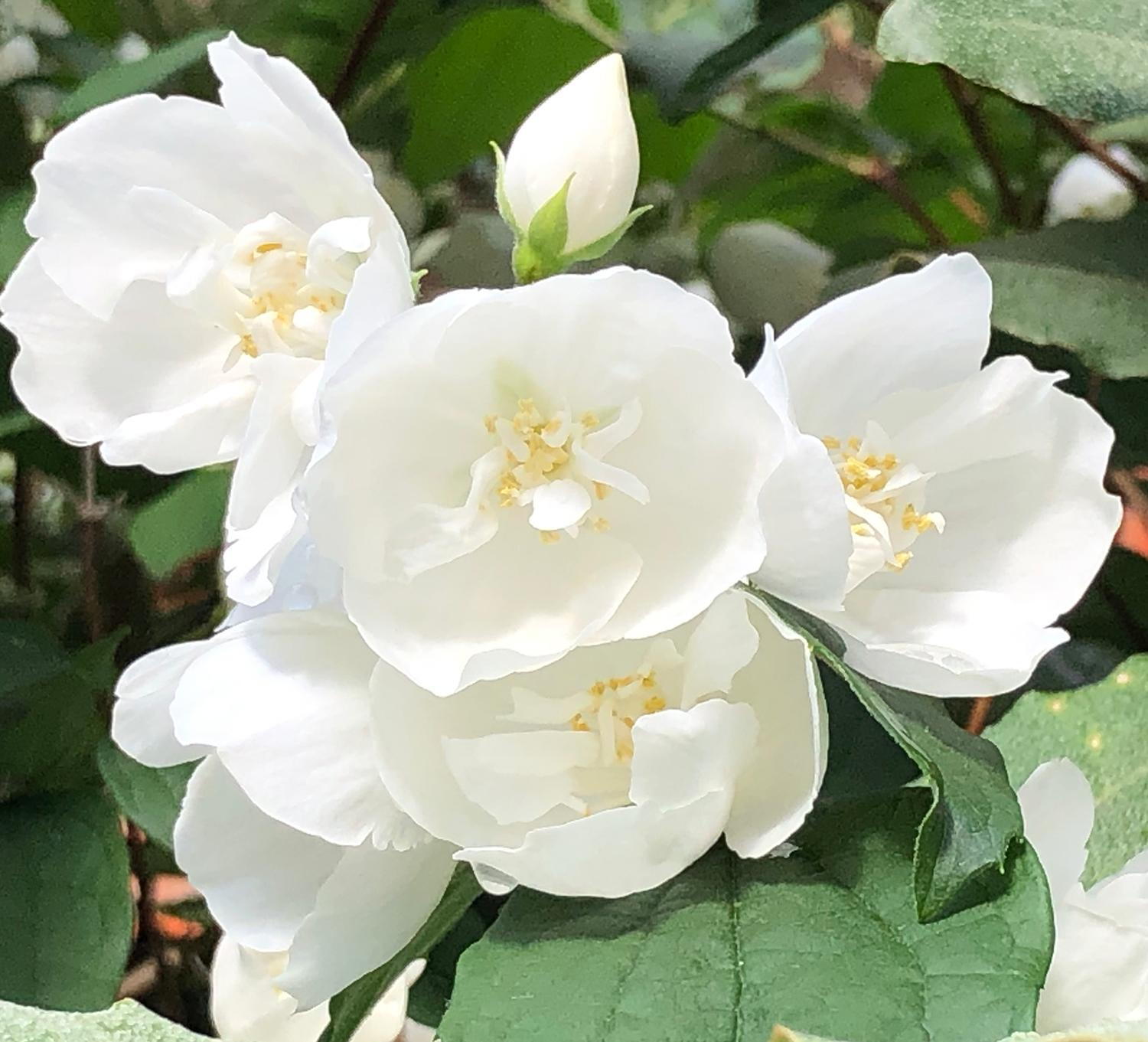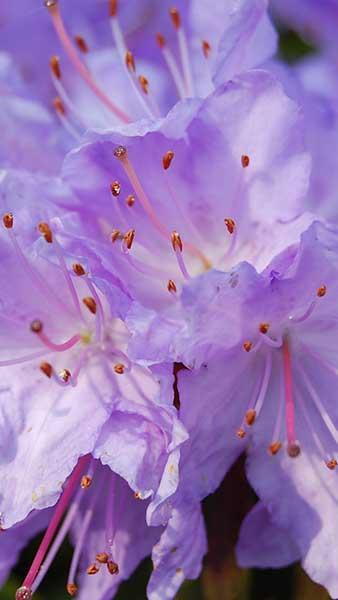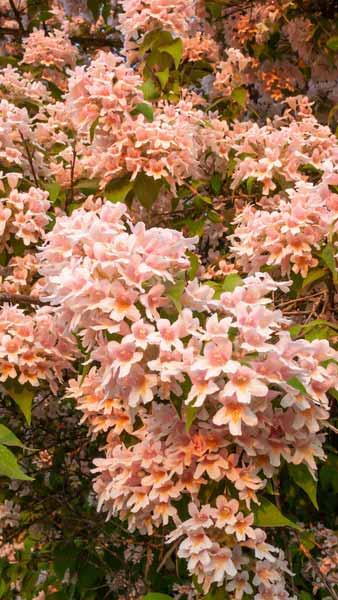Chamaerops Humilis Vulcano. Dwarf Mediterranean Fan Palm UK
Chamaerops Humilis Vulcano, or Dwarf Mediterranean Fan Palm, is a very attractive evergreen dwarf palm variety which will add to a Mediterranean style garden! It is the dwarf variety of the standard Mediterranean Fan Palm. Originally from the island of Sicily in the Mediterranean, Chamaerops Humilis Vulcano has been grown in the UK since 2001. Its short, stiff, fan-shaped leaves are green on top and silvery underneath, growing in a dense habit, and forming a natural rounded shape which is particularly attractive.Hardy in most regions of the UK, Chamaerops Humilis Vulcano will grow to a mature height of 2 metres and spread of 1 metre. Pruning is not recommended, as when it is left untrimmed, it naturally develops the attractive ball shape which is a large part of its appeal. Plant your Dwarf Mediterranean Fan Palm in full sun or partial shade in well-drained loam with an acid to neutral ph., in an exposed or sheltered position with a north or east facing aspect. Fertilize a few times a year with a water-soluble fertilizer to encourage strong growth. Resistant to wind, it will do well in a coastal location, as well as in an urban setting as it is tolerant to air pollution. It is not attractive to deer, so makes a good choice in a country garden as well! Chamaerops Humilis Vulcano is a versatile landscaping plant which will thrive in a variety of different settings. In the city, a specimen plant in a container will provide year-round interest with its rounded shape and evergreen foliage, whether on a rooftop terrace, balcony, patio, or a courtyard setting. As foundation plantings or at the back of a mixed border, Dwarf Mediterranean Fan Palms would provide an exotic backdrop for summer flowers, and then take on a starring role in winter with their green and silver architectural foliage. Planted near a swimming pool or water feature, a Chamaerops Humilis Vulcano adds a Mediterranean feel. On a country property, a mass planting would provide an effective ground cover under trees. Chamaerops Humilis Vulcano also makes an excellent conservatory specimen, as its slow growth and eventual small size are well-suited to an indoor space, and the evergreen foliage has year-round appeal. Chamaerops Humilis Vulcano is a great addition to a Mediterranean-style garden, container planting, or in a coastal country garden. Let this dwarf, evergreen palm add its year-round interest to your garden!



